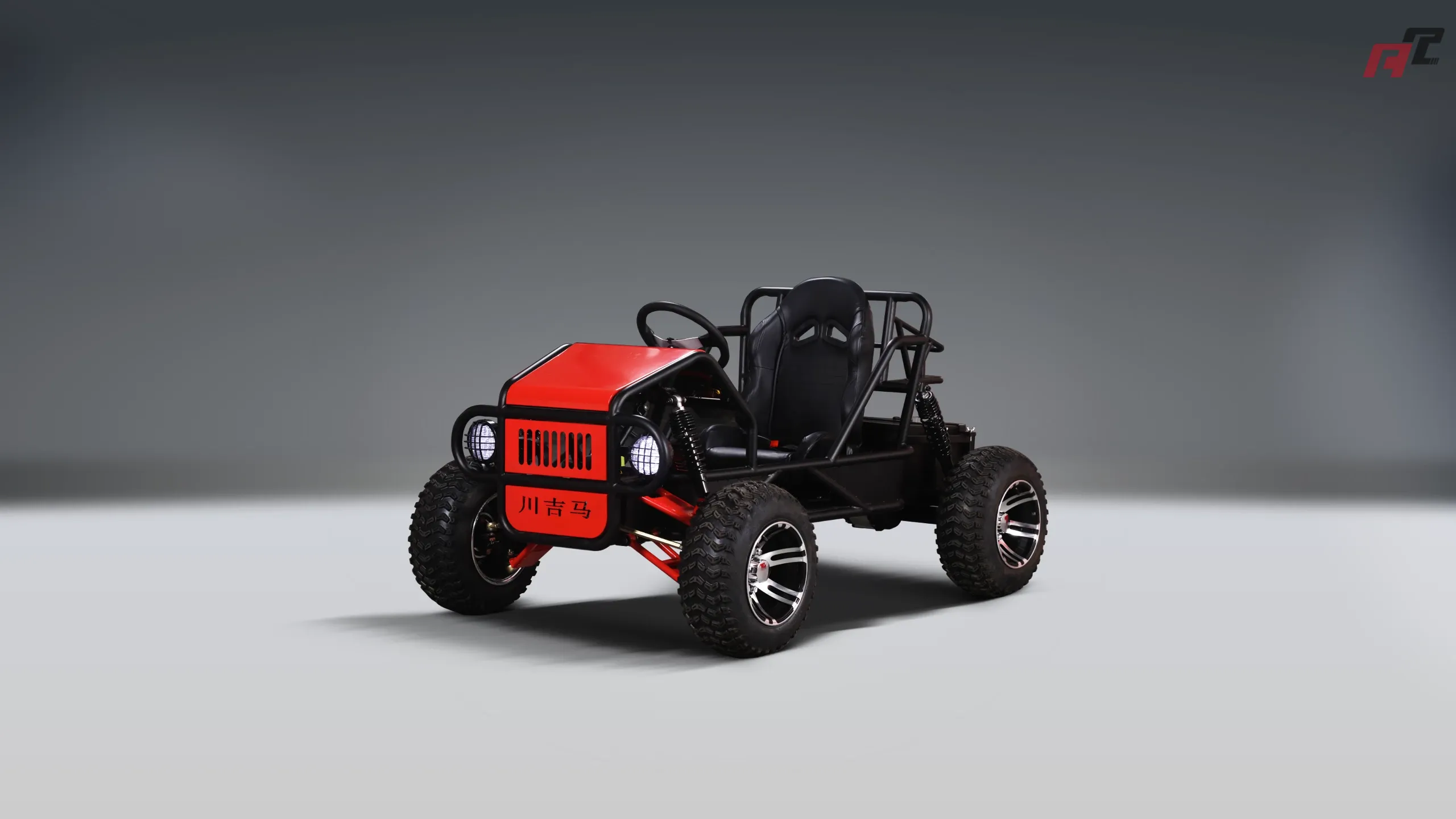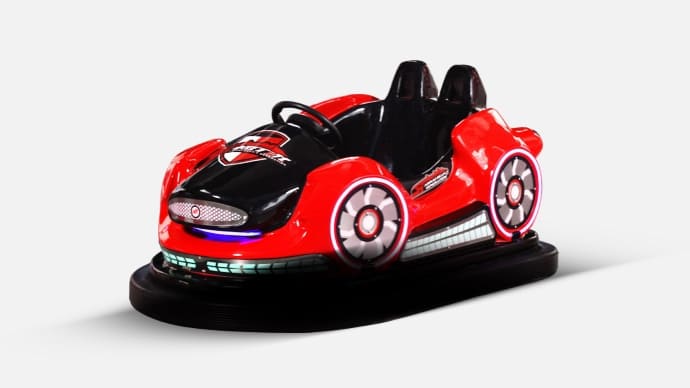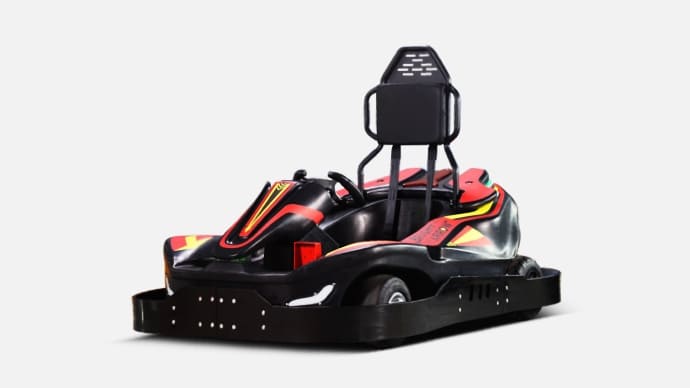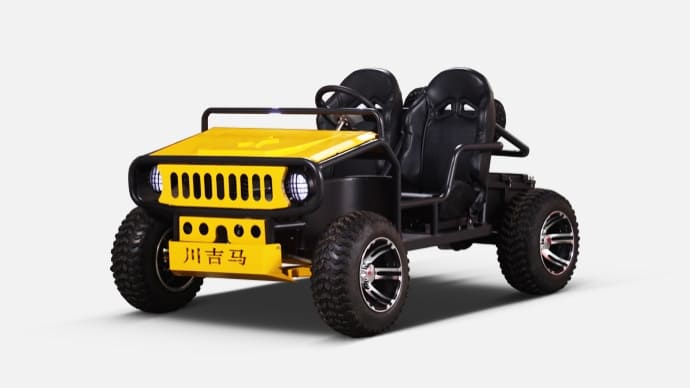Cost Analysis: Battery Bumper Car Ownership and ROI
- Cost Analysis: Battery Bumper Car Ownership and ROI
- Why choose a Battery Bumper Car?
- Capital Costs (CapEx) — What you pay up front
- Unit purchase price
- Batteries and charging infrastructure
- Venue setup and safety
- Operating Costs (OpEx) — Ongoing expenses
- Electricity consumption
- Maintenance and consumables
- Battery replacement
- Labor, insurance, and other overhead
- Revenue Drivers — How you make money
- Ticket price and throughput
- Utilization and peak/off-peak
- ROI Case Study: Small, Standard, and Large setups
- How to improve ROI on Battery Bumper Car investments
- Choose the right battery technology
- Optimize capacity and cycle time
- Reduce downtime with preventive maintenance
- Leverage venue integration and add-ons
- Risk factors and financing options
- Common risks
- Financing and leasing
- Why choose ANCHI Amusement as your Battery Bumper Car partner?
- Practical checklist before purchase
- FAQ
- How long does a Battery Bumper Car last?
- Is battery operation more expensive than traditional grid-powered bumper cars?
- How many operators are needed?
- How to choose between lead-acid and lithium batteries?
- Can ANCHI customize themed Battery Bumper Cars?
Cost Analysis: Battery Bumper Car Ownership and ROI
Battery Bumper Car attractions are a versatile revenue source for family entertainment centers, malls, and event operators. This guide explains true costs, ongoing expenses, revenue drivers, and realistic ROI scenarios so you can evaluate ownership with confidence. Throughout, we use the keyword Battery Bumper Car naturally and reference ANCHI Amusement’s capabilities as a leading manufacturer and venue partner.
Why choose a Battery Bumper Car?
Battery Bumper Car units remove the need for a conductive floor or overhead grid, making them mobile, easier to install, and suitable for indoor and outdoor venues. They can be inflatable or hard-shell, come in children and adult sizes, and pair well with branded installations. ANCHI Amusement manufactures a variety of electric bumper cars and offers full venue design services to optimize throughput and guest experience.
Capital Costs (CapEx) — What you pay up front
Unit purchase price
Battery Bumper Car prices depend on size, build quality, and battery type. Typical ranges (industry averages):
- Children’s inflatable/soft-shell models: $800–$1,500 per unit
- Standard adult electric bumper cars (mid-range): $1,500–$3,500 per unit
- High-end, themed or licensed models: $3,500–$6,000+ per unit
These estimates reflect market pricing from established manufacturers. ANCHI Amusement offers custom options across these ranges and can help choose models aligned with your budget and target audience.
Batteries and charging infrastructure
Battery options affect cost and lifecycle:
- Lead-acid / AGM: lower upfront ($150–$400 per battery) but shorter cycle life (300–800 cycles)
- Lithium-ion: higher upfront ($400–$1,200 per battery) but longer life (1,000–3,000 cycles), faster charging, and lower maintenance
Charging racks, safety signage, and a dedicated AC circuit installation can add $500–$5,000 depending on the number of cars and venue complexity.
Venue setup and safety
Costs for barriers, flooring, signage, and fence systems typically run $1,000–$8,000 depending on size and finish. For indoor sites with existing space, this can be minimal; for greenfield or themed installations, expect higher build-outs. ANCHI provides complete venue design services to scope these costs accurately.
Operating Costs (OpEx) — Ongoing expenses
Electricity consumption
Electricity cost depends on energy use per vehicle and local kWh prices. Typical assumptions used in industry scenarios:
- Average energy draw per car during operation: ~0.8–1.2 kW (≈0.8–1.2 kWh per operating hour)
- U.S. commercial electricity example: $0.15/kWh (varies by country)
So, for 8 cars operating 10 hours/day: 8 cars × 1 kWh × 10 hours × 300 days = 24,000 kWh/year → $3,600/year at $0.15/kWh. If cars use lithium batteries with efficient controllers, consumption may be lower.
Maintenance and consumables
Annual maintenance per vehicle typically ranges $150–$600 (tires, bumpers, motors, controllers). Plan for higher early-year costs during any warranty lapsed period. For an 8-car set, budget $1,200–$4,800/year.
Battery replacement
Budget battery replacement on lifecycle: lead-acid may require replacement every 1–3 years; lithium every 3–8 years. Typical annualized battery allowance:
- Lead-acid: $100–$300 per car per year (averaged)
- Lithium: $50–$300 per car per year (averaged, depending on upfront investment)
Labor, insurance, and other overhead
One trained operator per ride station is common. Labor costs vary widely; example: $15/hour operator working 10 hours/day equals $150/day. Add insurance ($1,000–$5,000/year), permits, marketing, and venue rent or revenue share.
Revenue Drivers — How you make money
Ticket price and throughput
Revenue depends on ticket price, ride duration, car count, and utilization. Typical ticket prices for bumper car rides range $3–$6 per person for a 3–5 minute cycle.
- Example throughput per hour = (60 minutes ÷ cycle time) × cars. For 8 cars and a 4-minute cycle: (60/4) × 8 = 120 riders/hour (assuming full seats each cycle).
Utilization and peak/off-peak
Utilization will not be 100%. Conservative occupancy assumptions of 60–80% across operational hours yield realistic revenue estimates. Cross-selling (arcade, F&B) also boosts ROI.
ROI Case Study: Small, Standard, and Large setups
Below are three realistic scenarios using conservative assumptions. These are model examples to demonstrate how CapEx and OpEx translate to payback and ROI. All figures are approximations based on industry norms and should be adjusted for local costs.
| Item | Small (4 cars) | Standard (8 cars) | Large (12 cars) |
|---|---|---|---|
| Unit price (avg) | $1,200 × 4 = $4,800 | $2,000 × 8 = $16,000 | $2,000 × 12 = $24,000 |
| Batteries & chargers | $1,000 | $2,000 | $3,000 |
| Venue setup & barriers | $2,000 | $4,000 | $6,000 |
| Initial CapEx total | $7,800 | $24,000 | $33,000 |
| Operating hours / year | 10 hours/day × 300 days = 3,000 hours | ||
| Cycle time | 4 minutes (15 cycles/hour) | ||
| Potential riders/hour | 4 cars × 15 = 60 | 8 cars × 15 = 120 | 12 cars × 15 = 180 |
| Occupancy (conservative) | 70% | 70% | 70% |
| Actual riders/year | 60 × 0.7 × 3,000 = 126,000 | 120 × 0.7 × 3,000 = 252,000 | 180 × 0.7 × 3,000 = 378,000 |
| Average ticket price | $4.00 | ||
| Annual revenue | $504,000 | $1,008,000 | $1,512,000 |
| Annual OpEx estimate (electricity, maint, labor pro-rated) | $18,000 | $36,000 | $54,000 |
| Net annual cash flow (approx) | $486,000 | $972,000 | $1,458,000 |
| Simple payback (CapEx / Net cash flow) | ~0.016 years (~6 days) | ~0.025 years (~9 days) | ~0.023 years (~8 days) |
Notes on the table: These scenarios use high utilization and long operational days for illustration of revenue potential. Many operators will experience lower utilization; adjust occupancy, operating days, and ticket prices to model local reality. The large revenues show that bumper car attractions can scale well in high-traffic venues (malls, theme parks, tourist areas). For smaller or new venues, expect longer payback — realistic occupancy could be 20–50% initially.
How to improve ROI on Battery Bumper Car investments
Choose the right battery technology
Lithium packs cost more up front but reduce replacement frequency and maintenance, improving long-term ROI. Compare total cost of ownership (TCO) instead of upfront price only.
Optimize capacity and cycle time
Shorter, well-managed cycles and efficient loading improve throughput. Combine single rides with multi-ride packages, birthday/event bookings, and off-peak promotions to increase utilization.
Reduce downtime with preventive maintenance
Scheduled checks, spare part inventory, and trained operators cut unplanned outages. ANCHI provides after-sales support and spare-part programs to minimize downtime.
Leverage venue integration and add-ons
Pair bumper cars with F&B, arcade, VR, or merchandising. Cross-promotions increase average customer spend and improve per-visitor ROI.
Risk factors and financing options
Common risks
- Lower-than-expected foot traffic
- Higher local labor or insurance costs
- Battery performance in extreme temperatures
- Regulatory or permit delays
Financing and leasing
Many operators finance equipment or choose leasing to preserve capital. Leasing can put newer battery tech (lithium) within reach and allow easier upgrades as technology evolves. ANCHI can advise on fleet sizes and provide quotes to support financing applications.
Why choose ANCHI Amusement as your Battery Bumper Car partner?
ANCHI Amusement is one of China’s leading amusement equipment manufacturers, integrating bumper cars, go-karts, R&D, production, sales, and after-sales. With over 5,000 m² of production space and 30+ skilled technicians, ANCHI offers a wide product range (inflatable bumper cars, laser battle bumper cars, drift bumper cars, adult and youth karts) and full venue design services from concept to execution. For customized Battery Bumper Car solutions, visit https://www.anchiamusement.com/.
Practical checklist before purchase
- Estimate real local demand and peak times
- Decide battery tech based on TCO and climate
- Get detailed CapEx and OpEx quotes (including shipping, installation, and taxes)
- Plan staffing, insurance, and permit timelines
- Request references and after-sales terms from manufacturers like ANCHI
FAQ
How long does a Battery Bumper Car last?
Structural chassis and body can last 7–15+ years with proper maintenance. Batteries’ useful life depends on chemistry: lead-acid 1–3 years, lithium 3–8+ years depending on cycles and care.
Is battery operation more expensive than traditional grid-powered bumper cars?
Upfront, battery units may be slightly more expensive due to battery and charger cost, but they save on installation (no conductive floor/overhead) and offer flexible placement. TCO depends on battery choice and maintenance strategy.
How many operators are needed?
Typically one trained operator per ride station plus supervisory staff during busy periods. Larger venues may require dedicated attendants for queue control and safety monitoring.
How to choose between lead-acid and lithium batteries?
Compare Total Cost of Ownership: lithium has higher upfront cost but longer life, faster charging, and lower maintenance. If the venue has high usage, lithium often delivers better ROI.
Can ANCHI customize themed Battery Bumper Cars?
Yes. ANCHI provides custom designs, theming, and full venue solutions to create branded experiences that drive higher guest spend and repeat visits.
For a tailored cost estimate, layout plan, or ROI model for your site, contact ANCHI Amusement via their website and request a quote based on your local parameters and expected traffic.
OEM/ODM electric go kart drifter Manufacturers and Suppliers
Best racer bumper car manufacturers and supplier brands
Top electric go kart adult Manufacturers and suppliers in China
Wholesale electric go kart for teenager manufacturer and supplier
About Customized Service
Can I add specific features to my product?
Yes, we can add specific features to our product formulations according to your requirements to meet your individual needs.
Are there any additional charges for customized services?
Customized services may be subject to appropriate customization fees based on your specific requirements, which can be negotiated with our sales team.
About Price and Payment
How are the prices of your products determined?
Our product prices are based on a variety of factors, including order quantity, customization requirements, and market competition.
About Logistics
How long does logistics delivery take?
Shipping times depend on your location and the shipping method you choose. Generally speaking, international shipping can take anywhere from a few weeks to a few months.
Cyclone RS 2025
Is it safe for children?
The seat is designed for riders above 1.55 m in height, making it suitable for teenagers and adults. A four-point seat belt and hydraulic braking ensure safety.

Cyclone RS 2025 1200W Electric Go-kart for Home Entertainment Centers
The Cyclone RS 2025 is a high-performance electric ride-on car designed for thrill-seekers, entertainment centers, and commercial amusement businesses. Built with a durable ABS body and reinforced metal chassis, it combines strength, safety, and speed for a superior driving experience. With a 1200W mid-mounted motor (peaking at 3600W), advanced control system, and long-lasting 72V20AH LiFePO₄ battery, this ride ensures both powerful performance and reliability.
Whether for amusement parks, game zones, rental businesses, or personal recreational use, the Cyclone RS 2025 delivers unmatched excitement and durability.

Kids Electric Off Roads One-seater ATV
Discover adventure with the ANCHI Kids Electric One-seater ATV, the perfect electric off-road experience for young explorers. Designed for safety and performance, this electric off-road go kart for kids offers unmatched thrills on any terrain. Its durable build and easy-to-use controls ensure a fun and safe ride. Ideal for budding adventurers, this ATV promises endless excitement. Explore the world with confidence with ANCHI’s innovative electric off-road solutions for kids.

Battery Drift Bumper Car With inflatable tyre
The Battery Drift Bumper Car with Inflatable Tire with 650W steel gear motor, and high quality battery wich can becharged outside the car, the bumper car is ideal for amusement parks, family entertainment centers, build quality for safe, long-lasting fun.

Spaceship Laser Battle Bumper Car
Discover the future of fun with the ANCHI Spaceship Laser Battle Bumper Car! Designed for thrill-seekers, this kids bumper car offers an exhilarating laser battle experience. Parents and children alike will enjoy hours of safe, exciting play. Ideal for parties or everyday fun, it combines durability with innovative technology.










